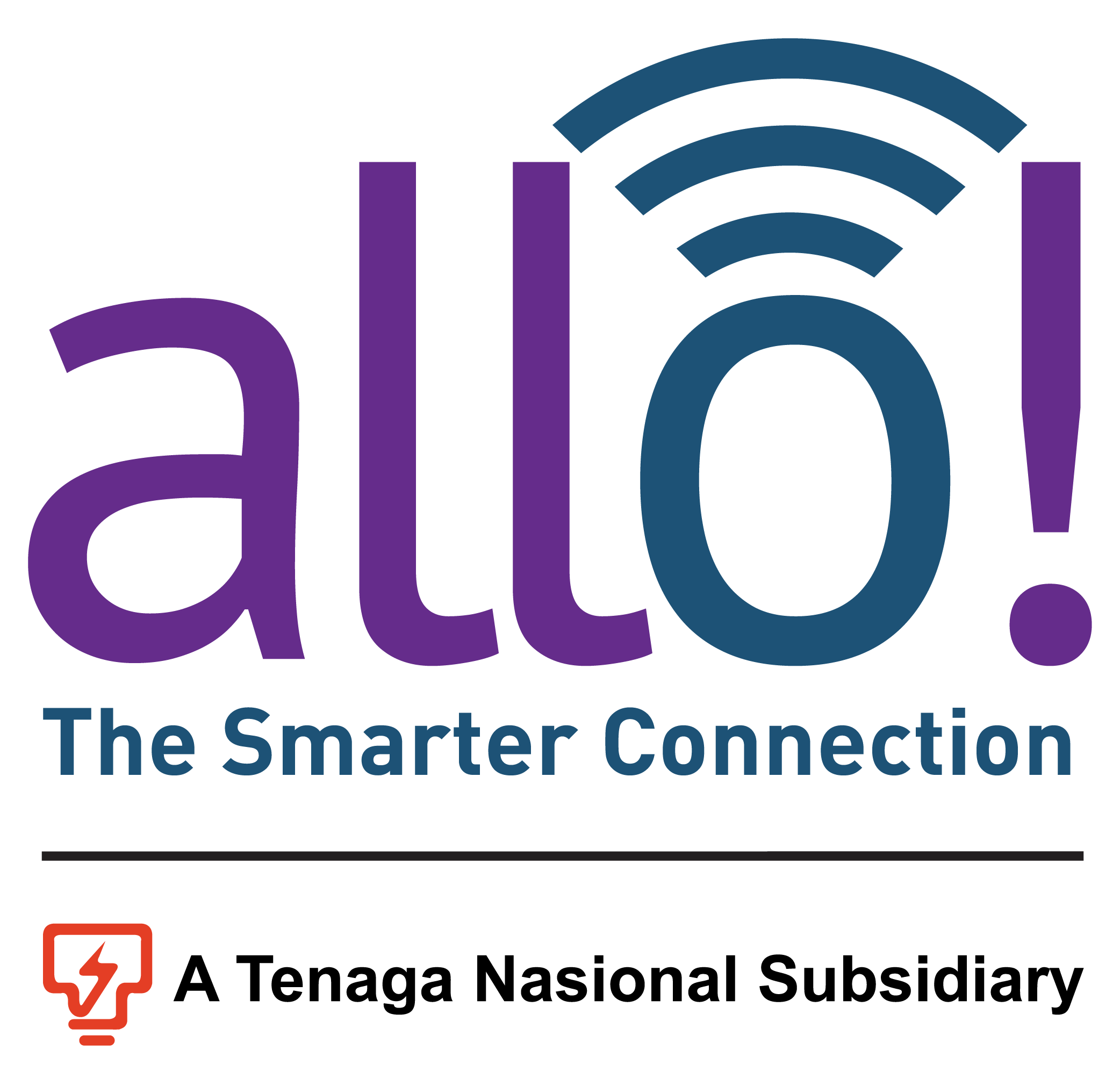NEWS
Digital transformation in education in times of a pandemic

Today, we find ourselves adapting to the new normal, including having to don a face mask whenever we go out, ensure that there is always at least a bottle of hand sanitiser within reach and having to scan a QR code each time we would like to enter a store. The COVID-19 pandemic has generated an unprecedented shift in all aspects of our lives, and this includes in the education industry.
With the sudden rise in cases in Malaysia earlier this year, the government had enforced the Movement Control Order, where we were cooped up in our homes, unable to go out to break the chain of infection of the fatal virus. Employees were asked to work from the comfort of their homes, and students of all ages had to continue their studies online. With closures of schools and educational institutions, Education Minister Dr Mohd Radzi Md Jidin had advised educators to find the best alternative ways to deliver lessons.
Now it must be noted that the Malaysian education system has always preferred traditional classroom method, and at the most, some private universities offer blended learning for more advanced students. So when the pandemic hit and learning institutions had to resort to digital learning tools abruptly, there was a momentary chaotic situation, and for some universities, there was a halt in between semesters while the management figures out how they were going to move forward.
The new norm has raised our dependency for a steady connection, and when the COVID-19 hit, Internet penetration in Malaysia stood at 90 per cent in April, with almost 100 per cent access to mobile phones among the people (Free Malaysia Today, 2020). As for fixed broadband Internet speed, Malaysia was ranked third in Southeast Asia for download speed with a mean speed of 76.69 Mbps while rated fourth with a mean upload speed of 11.40 Mbps over mobile. (Gomez, 2020).
Although the numbers showed that Malaysia’s mean speed was mediocre, there was an apparent gap between urban and suburban areas. In such, Selangor recorded the fastest fixed broadband compared to other states with 91.83Mbps speed, followed by Kuala Lumpur at 82.83Mbps while Kelantan and Kedah were at the bottom of the list with 42.75Mbps and 36.62Mbps respectively.
Now, what does this mean to the students all over the country during the pandemic? The adoption of e-learning is still at an early stage for both teachers and students in the country. There is the issue of inadequate equipment as well as unconducive environment, especially for underprivileged students. Every day, millions of students from all over the country would log into their account from either their laptop or mobile phones to attend their classes, and the connectivity determines how well the students comprehend whatever they learned that day. If the connectivity is often interrupted, then their attention would be too.
The educators, on the other hand, would also need a steady connection to ensure that the classes were not disrupted. Apart from that, by conducting their classes online, it means that they would have to be more creative to keep the attention span longer. Just by sharing their decks on the screen does not guarantee that the students would be listening, so many resorted to showing videos on YouTube and conducted activities using education tools available online. Examinations, too, were conducted online, and there was a video that surfaced, showing a Sabahan girl who had to climb a tree to be able to get a better connection to prepare for her exams.
This showed how important connectivity and digital transformation are in our lives, especially in this electronic era. If this pandemic had occurred decades ago, educational activities might have been halted because there was no means for anyone to get in touch with others, and the same goes with the economic side. The pandemic has changed the way the education industry works by relying more on connectivity.
Our team at Allo understands that being connected is now no longer an option, but it is a part of human’s right. That is why we are working hard to expand our Open-Access network under the National Digital Network (JENDELA) to address coverage and speed gap issues for fixed broadband services, especially at underserved areas. Our shared network allows healthy competition between Retail Service Providers, and our end consumers can choose the provider and speed they preferred. Our objective is simple; we want the entire nation to enjoy the same connectivity speed no matter where they are and to ensure that no one is left behind.
References
